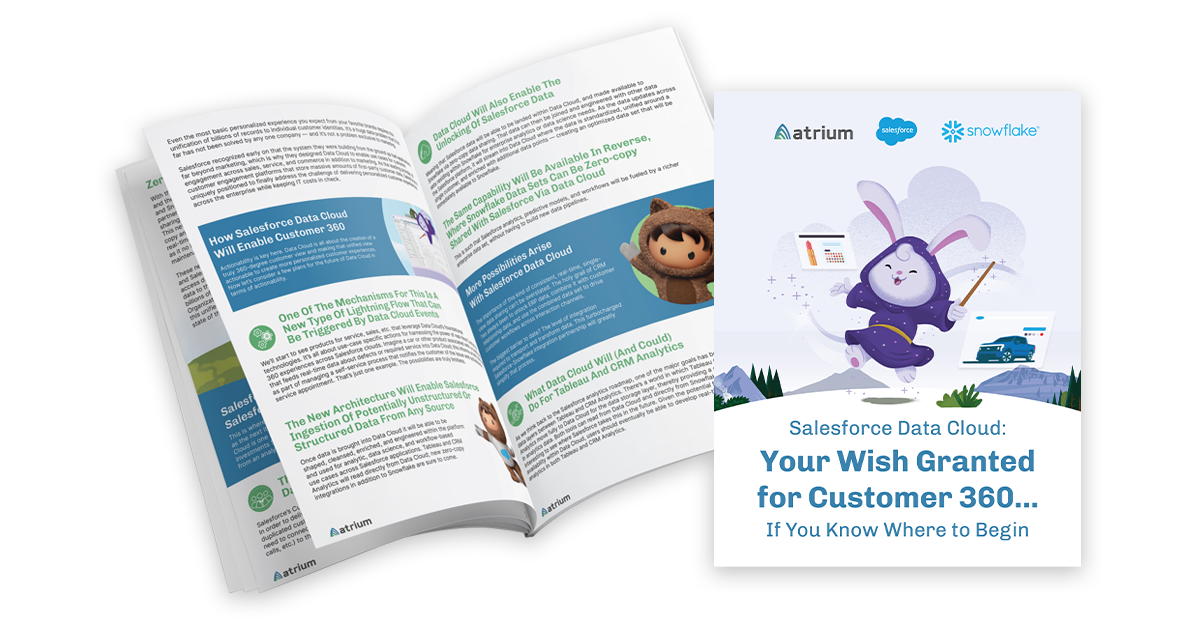Similar to change management, change enablement is the practice of facilitating change in an organization by enabling business leaders and employees to make the change happen and sustain it going forward.
In my time as a consultant, I’ve noticed a trend when it comes to Salesforce projects — change enablement is considered optional. This is usually driven by a few common but incorrect assumptions. Let’s address each of these myths to see why change enablement is definitely not optional on Salesforce implementations.
Myth #1: Salesforce is the world’s #1 CRM, so it will be “easy” to implement.
Even if Salesforce was a lift-and-shift system that could be turned on overnight and used the following day, end-user buy-in would be critical to the success of your initiative. Because, in most cases, you are implementing a solution to be used by humans. And humans have to go through a psychological process to make change happen.
This means that you are bound to that constant variable when implementing any major changes in your organization. Don’t consider the ease of the technology implementation — consider the non-negotiable psychological transition that has to happen for your team to willingly adopt the new technology and processes.
Myth #2: Having a modern solution like Salesforce will be such an improvement to people’s jobs that they’ll be happy to change!
If this was true, we would see many more changed hearts and minds in the world around us. The reality is that change is complicated and takes a multi-faceted approach to make it successful and sustainable long term.
That’s why, at Atrium, we support the psychological process of change for our clients with a comprehensive strategy that includes Influence, Communication, and Learning reinforced by the organization’s vision and goals and tracked using adoption metrics.
End users need to understand how to make the change work in their daily lives, and enablement materials and communications need to be created using their language. The only way to accomplish this is to ensure that the business is represented throughout the entire process, from start to finish. Building those structures of representation and two-way communication takes careful thought and planning (which our team can provide!).
Myth #3: Salesforce implementations are not transformational, organization-wide systems, so we don’t need to go “all out” on project resources.
I admit freely that different Salesforce projects have different sizes, scopes, and levels of impact on an organization. A major, multi-cloud project will require a different level of change enablement effort than a smaller-scale project, such as the creation of a few Tableau analytics dashboards.
That being said, when the success of your project relies on users changing a process (business, technical, or both), changing their behavior, or changing their mindset, you need some level of change enablement, and the scope of that change will determine your level of resourcing.
The fact is, regardless of the size or scope of your project, you will need a resource. Optimally, it would be a dedicated change enablement professional. But a project manager or a business analyst with the skillset and bandwidth to take on change enablement activities can provide value as well.
Need help with Salesforce change enablement?
Change enablement is critical to the success of your Salesforce projects. There are obviously many additional facets and nuances to change enablement at Atrium, and we’d love for the opportunity to sit down and talk through how we can help your people be as successful and supported as possible.
Our team of certified Salesforce consultants take the time to understand your business and unique use cases. With our platform expertise and industry knowledge, we’ll put your technical needs into the right context to help you realize the value of your Salesforce investment from implementation and beyond.









